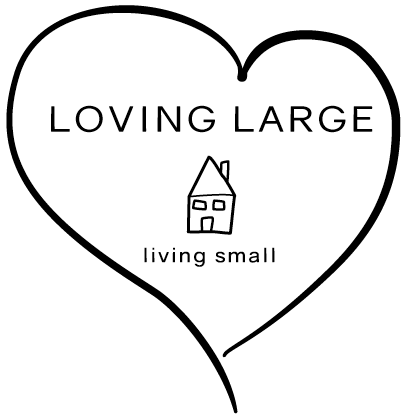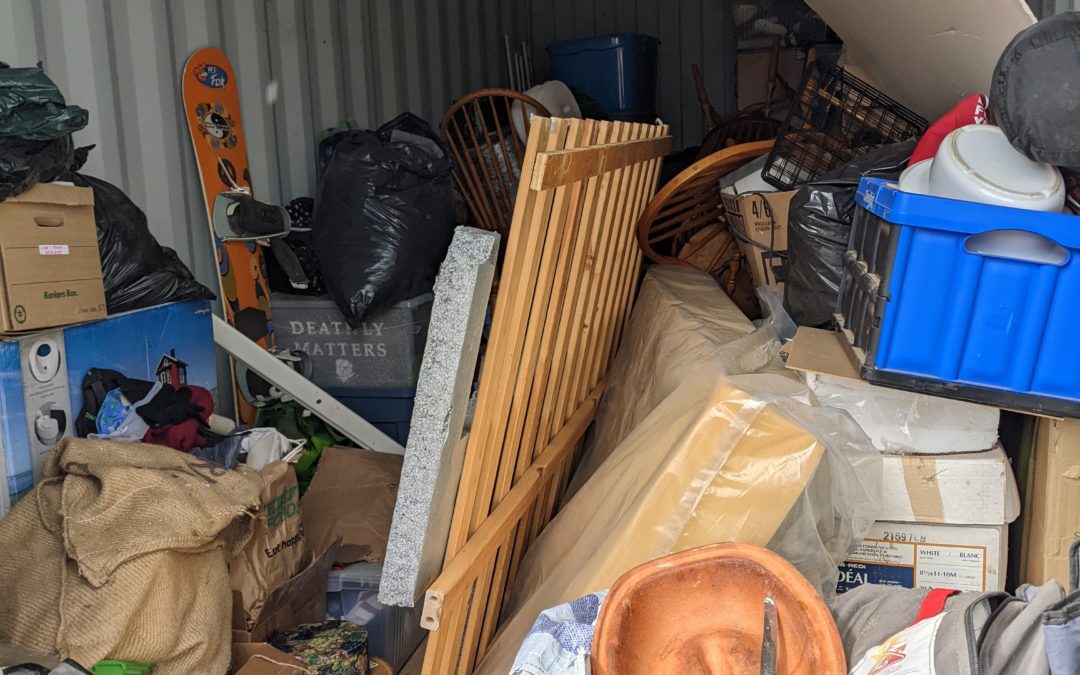“Simple living is skillful living” – Satish Kumar
For many years, I have strived to live a more simplified life. What does that mean you ask? For me it means having more of what I need and use, and less of what I don’t. It means having space around me, and this has nothing to do with square footage and everything to do with how we use the space we have.
I aspire to live the credo of Satish Kumar who says that “living simply and without clutter does not mean that we do not have a comfortable life. There is an innate elegance in minimizing possessions and maximizing comfort. Clutter brings chaos, simplicity brings clarity”.
And while I know that The Home Edit is a popular show on Netflix, I believe it does a disservice to those who want to make fundamental change and right size or live smaller. Organizing inordinate amounts of stuff, does not address the essential problem of simply having too much. Organizing and containing stuff is certainly helpful and can bring temporary peace of mind, but it doesn’t address the issue of why we feel the need to surround ourselves with more and more, and what to do when we simply outgrow our containers. I’ve written before about the multi billion-dollar self-storage market and there is no downward trend to be seen; the global market is expected to reach a value of 64.71 billion US dollars by 2026. And millennials will be occupying much of that storage with their boomer parents downsizing and handing over all their stuff.
So, while I can only speak from my lived experience, I do have some suggestions for change, if you are looking for concrete steps to take that could make a lasting difference.
The In/Out Rule
When you bring something into the house, take something of equal value out. This rule works because it forces you to consider how much you really want the shiny new item, knowing that an older less shiny item will have to leave the space. You never outgrow the room you have and there is always a place for everything. And it has to be of equal value – no trading a picture frame for a jacket. My husband once moved in a motorcycle and moved out a sports car; a rule’s a rule.
Own Less and Share More
Do you really need to buy that book, or could you borrow it from the library or from a friend, or read it online? People often say to me ‘but I go to Thrift stores to buy my books’ and while that’s an economical way to purchase and to recycle, it still means you have to house that book or shirt or game. And in fact, thrift shopping often leads to buying more than we need.
Function vs Form
I prefer the house to perform well, rather than be on show. Items need to be multi purpose and even interchangeable where possible. A bedroom dresser now houses towels in the bathroom, and we use our scissors to cut pizza, flower stems, salad greens, cardboard boxes and string. Tiny dishes hold soap bars and balsamic, and the same cloths serve to wash faces, clean dishes, wipe down walls. Could you pare down the many items performing one function each in favour of a few items, each performing a multitude of functions.
Less Surface = Less Stuff
We don’t have shelves in the house that hold ‘dustables’; items that have no real function other than collecting dust. And while some will offer up these items as sentimental or meaningful, I would challenge you to question the reasons why they need to be displayed, or in fact owned. While I appreciate that some items are handed down by family members, perhaps it’s possible to curate what’s on shelves, and to decide which few hold the most meaning. I think that too often, what we are really holding on to is the memory, the experience, the feeling that is associated with that item; I think it’s possible and even preferable to carry it in our hearts instead of our hands. I am not suggesting a space devoid of meaning, quite the opposite, I am suggesting finding real and true meaning and removing those things that no longer serve or bring joy in favour of space and simplicity.
Enough vs Too Much
No matter how many cupboards and closets we have, history has shown us that we usually fill them to capacity. Folks who move from smaller to larger homes will attest to the fact that they end up filling up all the new spaces, even though they haven’t really changed the way they live, they’ve simply accumulated more stuff. While we seem to feel the need to have something on every shelf, perhaps consider removing some of the shelves, clearing out closets and cupboards and leaving a little room in each of them. You can see what you have, nothing feels stuffed in or ready to bust out, and you consistently have a place for everything.
Right sizing vs. downsizing
The term ‘downsizing’ is often used when ageing folks move to smaller spaces in their last chapter; it often sounds more negative than nurturing. What I propose is a healthier and perhaps brighter outlook using an intentional approach to living better, where less is more. Think of it as curating rather than editing, coming from a place of abundance, rather than scarcity.. There’s often this sense that we as we age, we will have less, and be in a worse place, but who decides that? Yes, I am getting older and while I may not have the same strength, energy, or money, I still have my spirit, a sense of generosity, and my love of life. And I get to determine how to share those gifts.
Simplicity is simply a more mindful way of living. And while small spaces and fewer things might not appeal to everyone, I’m fairly certain that we could all benefit from a little more peace, a little less chaos, and a lot more calm.

